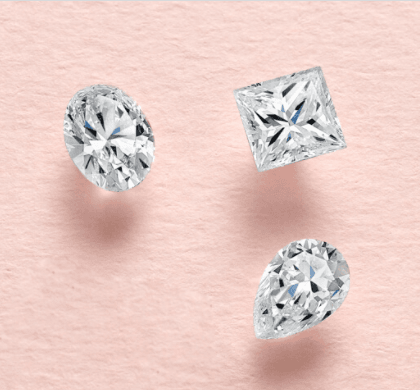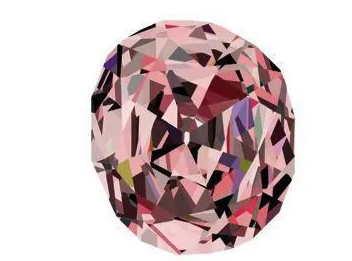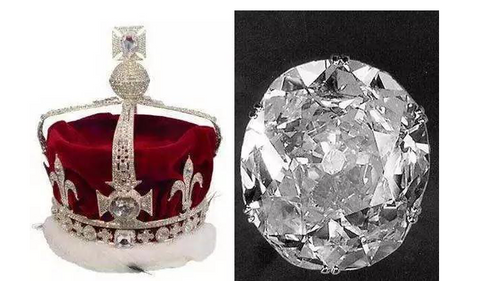Your Cart is Empty
All OUR RING CAN PASS THE DIAMOND TESTER

People's enthusiasm for diamonds originated in India, where people collect diamonds in rivers and creeks. According to estimates by some historians, India began trading diamonds as early as the fourth century BC. The limited diamond production at that time was able to satisfy the limited market of the wealthy Indian class.
In the 17th century, the production of Golconda diamonds reached its peak, and many of the diamonds retained by the European royal family were produced here. These high-quality, long-established diamonds that set world auction records made "Golconda" synonymous with the world's top jewellery in the seventeenth to eighteenth centuries.
Next, let us take a look at the diamonds produced in this ancestor diamond mine.
At the beginning of the 17th century, Indian slaves discovered a special stone in the dozens of tons of variegated quartz gravel in the Golconda River Valley—a sea of light that is pure and transparent with a pale pink rose color. It weighs 787 carats. (This was the predecessor of the famous diamond later known as the "Eye of Light") It was the largest pink diamond in the world at that time.

In 1959, the king of Iran Pahlavi got married, and the world-famous diamond "Sea of Light" was re-cut into colored diamonds weighing about 60 carats, set in the center of the Iranian king's crown, and officially renamed "Eye of Light".

As we all know, Queen Victoria of the United Kingdom is particularly keen on collecting jewelry. She especially loves an Indian diamond the size of a dove egg called "Mountain of Light", which is set in the crown. This is also the oldest diamond ever discovered. The Mountain of Light was discovered in India in 1304 (it is the oldest diamond known in the world). The original weight was 191 carats. Later, Queen Victoria thought it had poor gloss and reprocessed it. It was polished to only 108.83 carats.

It was this diamond inlaid on the queen's crown that inspired Wilkie Collins to write the classic "Moon Jewel". Anecdote: India has repeatedly stated-"I hope that Britain will return the Diamond of Light that it once looted." In February 2013, British Prime Minister Cameron led the "largest foreign delegation in history" to visit India with the intention of strengthening trade relations between Britain and India. . However, in the process of showing goodwill, Cameron once again stated that Britain would not return the giant diamond looted from India during the colonial period, and said that he aimed to focus on the present and future of Britain and India, rather than "looking back to the past."